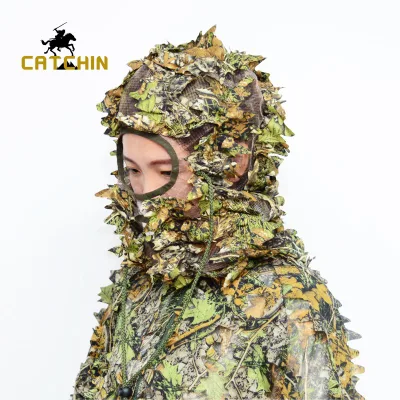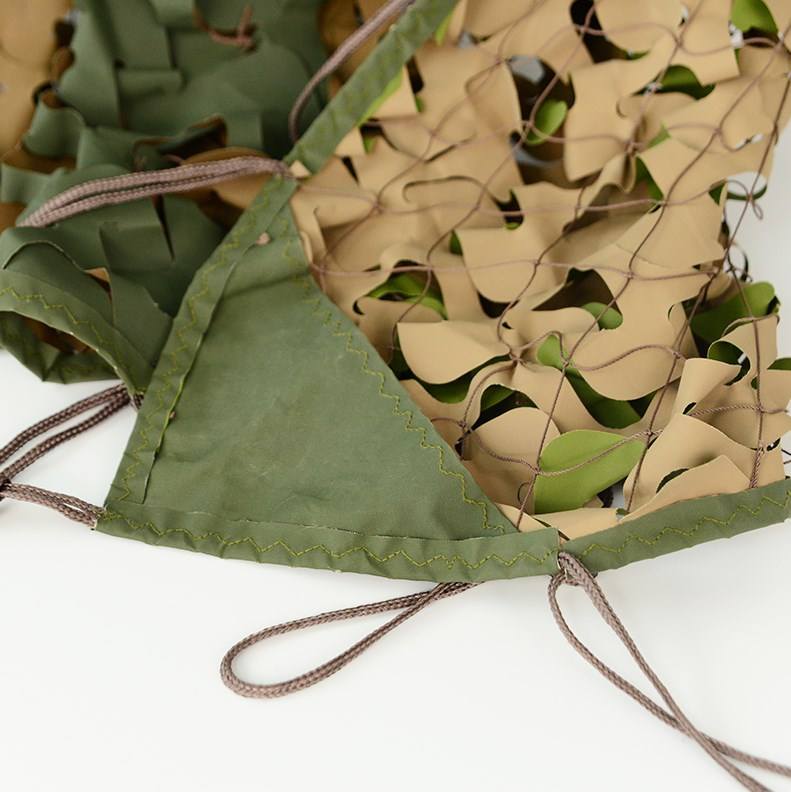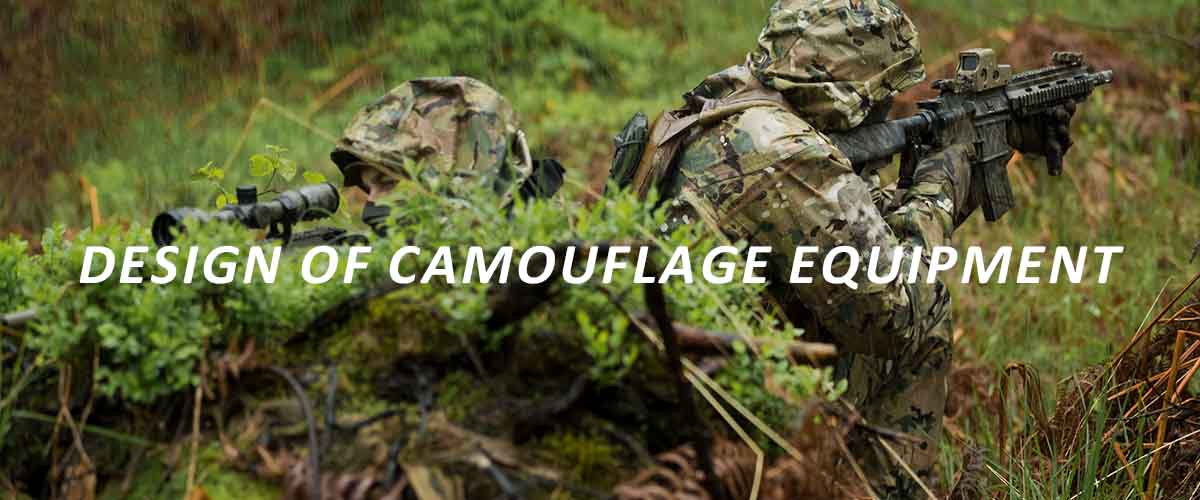The effectiveness of camouflage equipment is critical in military operations where concealment and integration into the environment can mean the difference between success and failure. The design of military camouflage gear involves a meticulous process that combines art, science and extensive research. This article takes a closer look at the complex design process behind military camouflage gear and the principles behind creating effective concealment for military personnel.
Know the environment
Designing camouflage equipment requires a thorough understanding of the combat environment. Carefully study factors such as terrain, vegetation, climate and lighting conditions to determine the most suitable camouflage pattern. This analysis allows designers to develop equipment that mimics the visual cues of the surrounding environment, making it harder for enemies to spot and identify military personnel.
Pattern development
Once the environmental analysis was complete, the design team began developing the camouflage pattern. The patterns are based on the concept of disruptive colors, designed to break up the silhouettes and contours of the wearer, blending them into the background. This is achieved through a combination of colors, shapes and textures that closely resemble their surroundings.
Testing and Evaluation
The newly developed camouflage pattern has been extensively tested and evaluated to ensure its effectiveness. Controlled experiments were performed in a variety of environments, including forests, deserts, urban areas and snow. A test subject wearing camouflage gear is observed from various distances and angles to assess the ability of the gear to provide effective concealment.

Digital Design and Technology
Advances in modern digital design and technology have revolutionized the process of creating camouflage patterns. Utilizes computer algorithms and software tools to simulate different environmental conditions and generate optimal camouflage designs. These digital tools allow designers to iterate and refine patterns quickly, saving time and resources during development.
Combining advanced materials
Camouflage gear is not only designed to blend in visually with the environment but provides other functional advantages as well. Advanced materials with properties such as infrared (IR) and heat signature attenuation are used in the equipment to make it harder for enemy sensors to detect military personnel. These materials help mitigate the risks posed by modern surveillance and targeting techniques.

Adaptation and evolution
The design of military camouflage equipment is an ongoing process, and Dongfang Haifa is constantly evolving to keep pace with changing operational requirements and emerging technologies. Ongoing feedback from military personnel in the field, as well as advances in materials and design techniques, aid in the refinement and adaptation of camouflage gear. This iterative process ensures equipment remains effective in the changing battlefield environment. The design of military camouflage gear is a complex and dynamic process that combines scientific principles, environmental analysis, and artistic creativity. By understanding the operational environment and employing game-changing coloration techniques, camouflage gear provides military personnel with a critical advantage on the battlefield. As technology continues to advance, the design process continues to evolve, incorporating new materials and techniques to enhance the concealment capabilities of military personnel, ensuring their safety and mission success.


